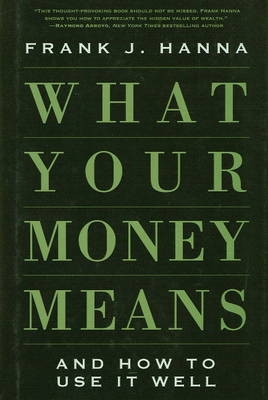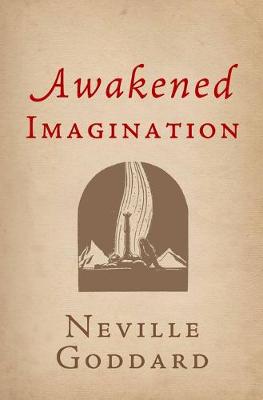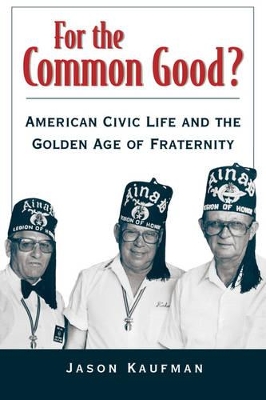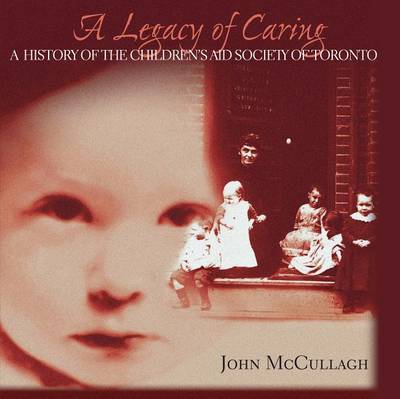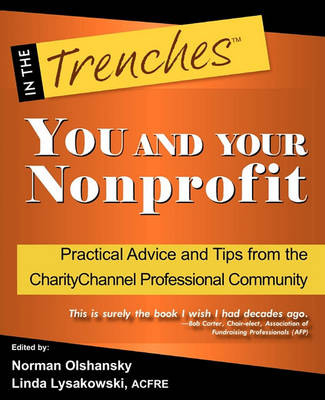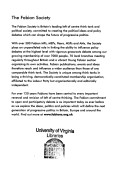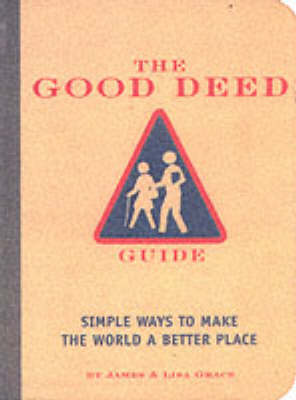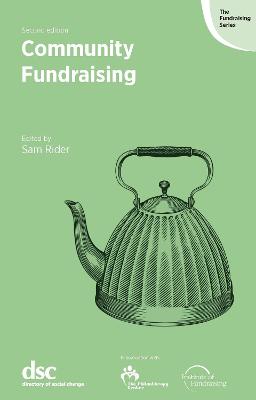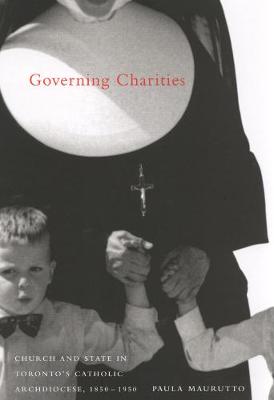Japan's reputation for humanitarianism rests on the generous behaviour accorded to 70,000 Russian prisoners of war in Japan during the Russo-Japanese War (1904-05). This contrasts sharply with the brutality displayed during the Pacific War (1941-45) towards 200,000 Allied prisoners of war. The power of the State to coerce the people, by using the reverence felt for the Emperor, enabled the Japanese to switch humanitarianism on, or off, apparently at will. This extraordinary volte-face is explore...
Troilus and Cressida: Webster's Norwegian Thesaurus Edition
by William Shakespeare
Countless books tell you how to make money: only this one turns to the wisdom of the ages to illuminate for you the reasons you have money in the first place, and the role it's meant to play in your life and in the lives of others. Here, American entrepreneur and philanthropist Frank Hanna introduces you to a lean, no-nonsense explanation of the meaning of your money, and a guide for dealing with it constructively. From a tradition rooted in ordinary virtue, common sense, and the pragmatism tha...
Measuring Up
Awakened Imagination (The Neville Collection, #8) (Hardbound Delux Edition)
by The Neville Collection and Neville Goddard
Imagination is the very gateway of reality. "Man," said Blake, "is either the ark of God or a phantom of the earth and of the water." "Naturally he is only a natural organ subject to Sense." "The Eternal Body of Man is The Imagination: that is God himself. The Divine Body,: Jesus: we are his Members." The imaginative man does not deny the reality of the sensuous outer world of Becoming, but he knows that it is the inner world of continuous Imagination that is the force by which the sensuous oute...
The Golden Age of Fraternity was a unique time in American history. Joining clubs, fraternities, militias, and mutual benefit societies between the Civil and First World Wars was so prevalent that many contemporaries see it as a model for a revitalization of American civil society today. Relying on extensive analysis of city directories, club histories, and membership lists, For the Common Good? aims to dispel many of the myths about the curative powers of clubbing while bringing to light the hi...
Charity Market Monitor
Image-building and Money-raising for Hard to Sell Groups (Fundraising handbooks)
by Yasmin Prabhudas
The Good Campaigns Guide for the Voluntary Sector (Good Guides)
by Tess Kingham and Jim Coe
We all wish people would be nicer to one another, treat others with respect, and be good to fellow neighbors. But how exactly do you go about doing that these days? The Good Deed Guide has all the answers you're looking for. Learn to: Help Someone Cross the Street; Start a Neighbourhood Watch; Help a Friend Quit Smoking; Jump Start a Car; and dozens more simple ways to do good; This fully-illustrated handbook provides clear step-by-step directions for becoming a better neighbor, a better friend,...
Community Fundraising is one of the oldest and most common forms of fundraising. Resilient in recessions and appealing to broad demographics, there is increased interest in the range of peer-to-peer and participatory fundraising activities that can attract new audiences and act as a gateway to ongoing supporter relationships. And yet in spite of this there is surprisingly little written about the eclectic mix of community fundraising activities. This book fills that gap. The guide brings toget...
Who Can Help Voluntary Organisations? (Information Briefing, #6)
The world of the golden donors - the rich and influential philanthropic foundations - is quite likely the least known and yet most pervasive of all the invisible money and power networks in America. Nielsen explores the 36 largest of the 22,000 currently active foundations. He takes the reader inside each of the giants to analyze its people, policies, and performance. From the most famous, Ford and MacArthur, to the most obscure, Mabee and Moody, the author lets in daylight and lets out the bats...
Maurutto details how welfare bureaucracies, as they began to expand during the 1930s and 1940s, did so by building stronger links with private voluntary agencies, not by disabling them. Far from being shunted aside, voluntary organizations such as Catholic charities became increasingly entrenched within the expanding welfare state. Standardized reports, state inspections, financial audits, and social work case records, to name only a few, were emblematic of the social scientific impulse that per...


